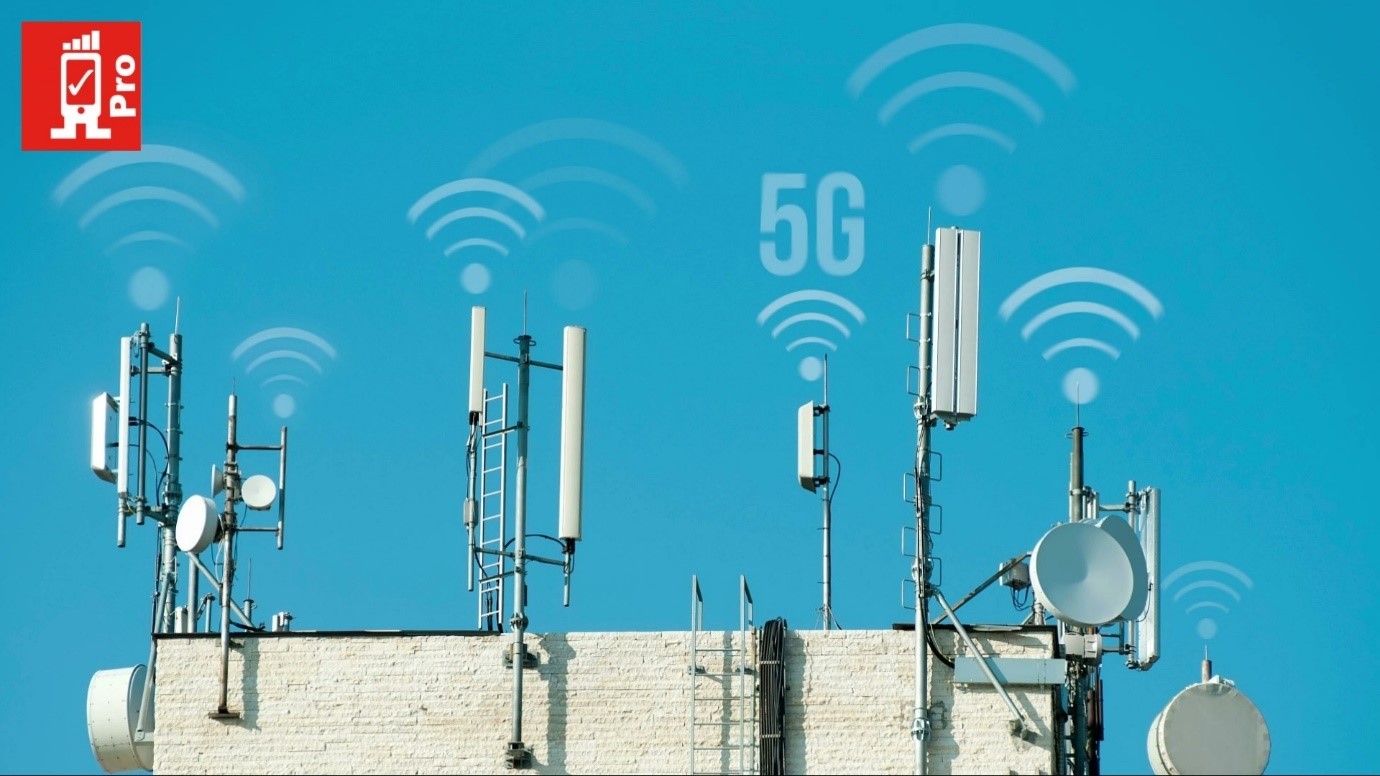
In the ever-evolving landscape of telecommunications, the race towards seamless connectivity and faster data speeds has led to the proliferation of 5G technology. One of the fundamental decisions faced by network providers and urban planners alike is whether to deploy 5G small cells or macro cells. Both options come with their unique advantages and challenges, making the decision a pivotal one in shaping the future of wireless communication. So, now let us see 5G Small Cells vs. Macro Cells, which is Right for You along with Smart 5g tester, 5G test equipment, 5g network tester tools and Smart 4G Testing RF drive test software, Cellular LTE RF drive test tools & equipment in detail.
Understanding Small Cells and Macro Cells:
Small cells and macro cells represent two distinct paradigms within the realm of cellular infrastructure. Macro cells, the more traditional of the two, are large, high-powered base stations that cover expansive geographical areas, often stretching several kilometers. These cells have been the backbone of cellular networks for decades, providing reliable coverage for voice and data services.
On the other hand, small cells are a relatively new concept that has gained prominence with the advent of 5G technology. These compact, low-power base stations cover much smaller areas, typically ranging from tens to a few hundred meters. Small cells are ideal for addressing the challenge of network congestion in densely populated urban areas, where demand for high-speed data is at its peak.
Advantages of Small Cells:
- Increased Capacity: Small cells excel in environments with high user density, where traditional macro cells might struggle to keep up with the demand for data. By reducing the coverage area and serving a smaller number of users, small cells effectively increase the network’s capacity.
- Enhanced Data Speeds: The proximity of small cells to users ensures faster data speeds and reduced latency, vital for applications like augmented reality, virtual reality, and real-time gaming.
- Better Indoor Coverage: Small cells penetrate buildings more effectively, addressing the perennial challenge of indoor coverage. This feature is particularly important for providing seamless connectivity in shopping malls, office complexes, and residential buildings.
Advantages of Macro Cells:
- Wide Coverage: Macro cells are unrivaled when it comes to covering vast geographic areas, making them suitable for rural and less densely populated regions where deploying small cells might be impractical.
- Simplified Deployment: Installing and maintaining macro cells requires less equipment and infrastructure compared to deploying a multitude of small cells. This makes macro cells a cost-effective solution in certain contexts.
- Lower Infrastructure Requirements: Macro cells leverage existing tall structures such as cell towers and rooftops, reducing the need for new installations. This can expedite deployment and regulatory approval processes.
Choosing the Right Solution:
Selecting between small cells and macro cells is not a one-size-fits-all decision. Factors such as population density, urban planning considerations, existing infrastructure, and budget constraints play a crucial role in determining the optimal solution.
In urban centers where user density is extremely high, deploying a combination of small cells can effectively address the data demands. This approach ensures a robust network capable of delivering high-speed data to a large number of users simultaneously.
Conversely, in rural or sparsely populated areas, macro cells remain the preferred choice due to their ability to cover extensive territories with minimal infrastructure requirements.
Conclusion
As the world inches closer to a hyper-connected future, the choice between 5G small cells and macro cells holds immense significance. Small cells empower urban centers with high-speed connectivity and improved indoor coverage, catering to the data-hungry demands of modern society. Meanwhile, macro cells continue to shine in less populated regions, delivering reliable coverage over large areas without the need for excessive infrastructure. Therefore, network testing is a must and RantCell is one of the best non-traditional tools to measure network performance on 5G/4G coverages.
Ultimately, the decision between small cells and macro cells should be guided by a comprehensive understanding of the specific needs of the target area. Striking the right balance between coverage, capacity, and infrastructure considerations is key to building a 5G network that truly meets the demands of the present and the possibilities of the future.

